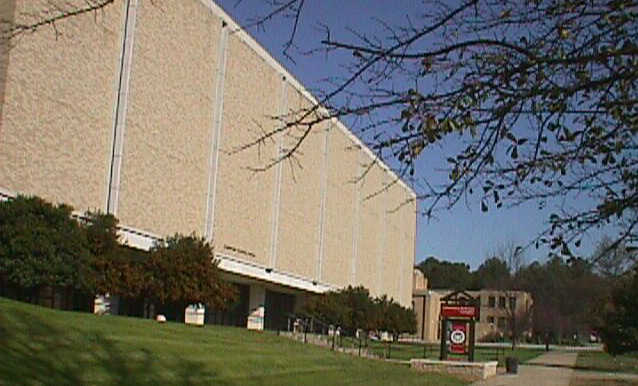
Department of Chemistry
and Physics
 |
Department of Chemistry and Physics |
| CHEM2004 |
Exam 4
|
CHEM2004 Name_______________________
Exam 4 Fall 2006
1. Balance the following redox equation: (10 points)
Fe +2 (aq) + Cr 2O 7 2 - (aq) g Fe +3 (aq) + Cr +3 (aq) (acidic solution)
2. Write the Nernst equation for the balanced reaction in problem 1: Is the cell potential pH dependent? Explain. (6 points)
3. List the 5 potentially hazardous combinations and give an example for each. (15 points)
4. What two electronegative nonmetals are mild oxidizing agents? (4 points)
5. In class, the activity of the metals were categorized by their electronegativities. Give the three classes and describe how each of these react with H2O. (6 points)
6. Which is the better oxidizing agent, F2 or Br2 ? (2 points)
7. Fill in the blank. (2 points each)
a) Name of the effect that causes current to flow when a pressure is applied
_________________________________
b) For a spontaneous process the sign of Eo is ___________________
c) High melting solids with a low volatility _______________________________
d) Process of mixing powders and heating to high temperatures, allowing the powders to slowly fuse into each others’ lattices ____________________________
e) solids without a regular crystalline pattern are said to be ________________________
8. Match the class of silicate with each of the following substances. (1 point each)
_____ muscovite A. simple silicate
_____ hornblende B. linear silicate
_____ zircon C. cyclic silicate
_____ beryl D. chain silicate
_____ talc E. polymeric sheet silicate
_____ olivine F. three dimensional silicate
_____ benitoite
_____ augite
_____ amethyst
_____ kaolinite
9. Give the oxide or oxoanion that best fits or describes each of the following: (2 points each)
used to stain biological tissue ___________________________
Portland cement ______________________________
Much of the Earth’s geochemistry depends on the chemistry of _____________________________
Type of elements added to give glass color _______________________
absorbs x-rays from color TV tubes ________________________________
10. Describe how glass is made. Use the terms acidic oxide and basic oxide in your answer. (8 points)
11. State the First Principle of Isomorphous Substitution and give an example. (6 points)
12. Draw the structure of an amphibole. (3 points)
Turn in the completed exam 3 (problems 7 – 11) and exam 4a from the old exams section on the web. (10 points). Must be turned in to Dr. D. by 9 am Tuesday, November 14th, 2006.